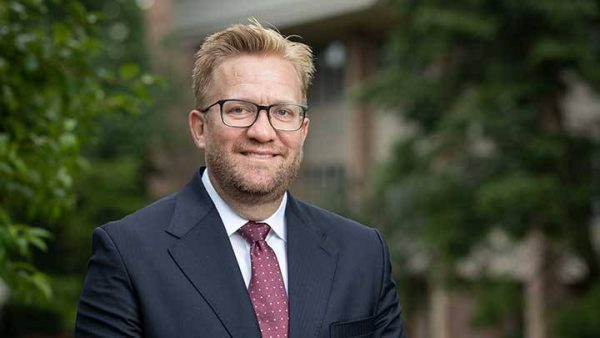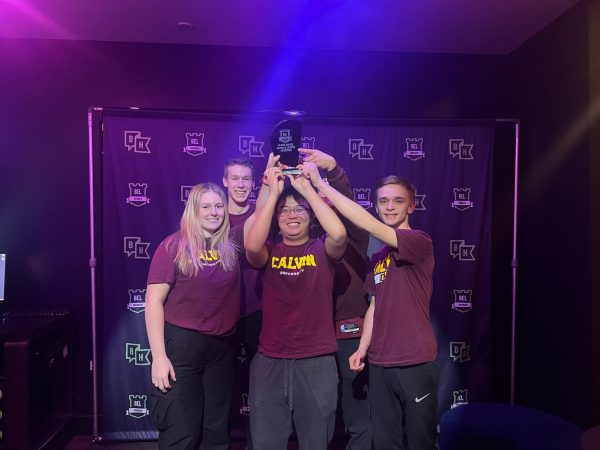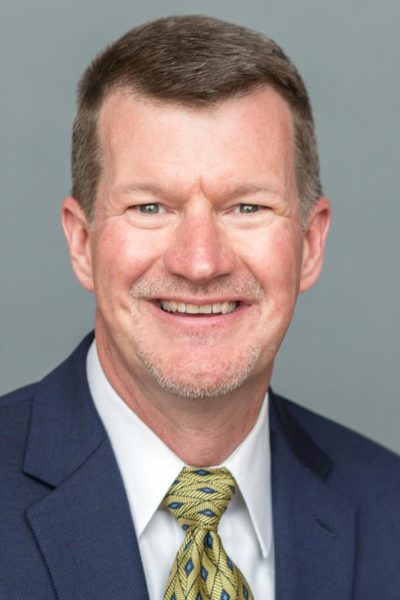Day 10 Report shows drop in enrollment
A decrease in enrollment follows trend set in 2015
Calvin’s 2018 Day 10 Report was released by Calvin’s enrollment management team this past Wednesday, Sept. 26. The Day 10 Report is the annual enrollment report that provides data on Calvin’s fall enrollment, set alongside a ten year trend.
This year’s report shows a drop in enrollment from last year’s number, which follows a trend that started after 2015. The report shows numbers for total enrollment that remain fairly consistent, hovering between 4,100 and 3,960, from 2009 through 2015. In 2016 the number dropped down to 3,918, followed by a decrease to 3,840 for 2017. The number dropped even further this year to 3,732 total students enrolled for this academic year.
Sent out with the tables that present the enrollment information in spreadsheets, there was a message from the enrollment management team that explains the notable changes, as well as what the college hopes to do to encourage an upward trend. The message included an assessment of the incoming class:
“This year’s incoming class includes 900 students (825 FTIACs [First Time in Any College] and 75 Transfers) from across the country and around the world. FTIAC admits reached an all-time high of 3,038; however, overall yield fell significantly and the number of new students declined by 65 vs fall 2017.”
The message also notes the “bright spots” of the incoming FTIAC class who have a record high mean GPA and strong standardized test scores, strong participation in Calvin’s signature cohort programs (Honors, Perkins, Artists, Entrada), a continued increase in diversity, and a good gender balance with 52.4% of the class being women.
“It is a solid class with attributes that bode well for retention and graduation,” the message states. “We just wish it were larger.”
The statement noted that the college was able to gain more money in tuition by offering fewer scholarships.
“Overall, our financial aid awarding strategy and control processes were effective in managing this expense more tightly this year. Our Discount Rate for first year students was reduced by 4 percentage points. Total Net Tuition Revenue is projected to grow slightly in 2018-19 but fell short of our budget goal. This was anticipated earlier this year and adjustments have been made.”
The adjustments referenced were made to faculty benefits and pay freezes.
The message continues to address the objective of the enrollment management division which was the recruitment of enough students to generate the Net Tuition Revenue required to pay for the cost of running the college.
“This goal was not met again this year. We own this outcome and are deeply saddened by the pressure it places on our budget and the painful choices it forces upon the college.”
The message names two contributing factors that led to the disappointing drop in enrollment numbers, one being “the continued demographic and competitive pressures facing private higher education in the Midwest and Northeast” and the second being “the deliberate efforts to reduce our discount rate in order to achieve sustainable Net Tuition Revenue growth.”
Vice president of enrollment, Russ Bloem, noted that the current demographic is not something that affects Calvin alone.
“Current data and analytic research indicates that most institutions of higher education today – especially private schools in the Midwest and Northeast – should anticipate year-on-year declines in new student enrollment due to demographic pressures, decreased affinity, cost and financial need increases, and increased competition.”
In addition to the factors given, the management team included a list of actions they will employ in this coming year, which includes adjusting expectations to take account of the downward pressure on enrollment numbers, maintaining discipline in financial aid awards to realize the reality of budget constraints, implementing a variety of tactical changes, and building a systems approach to recruitment.
The variety of tactical changes includes “sharpening our admissions team focus and impact, reimagining campus tours, refining our messaging based on a better understanding of prospective student profiles, and revising some of our transfer student admissions policies.”
Transitioning to Calvin University should aid the college in raising enrollment numbers, says Bloem.
“There are a number of elements in our new Vision 2030 that have the potential to increase the demand for a Calvin education: We can expect expanded reach and visibility for the Calvin brand as a result of becoming a trusted partner in many new arenas. Structure and process changes associated with becoming a university offer the potential for launching innovative new programs that are not available to Calvin students today. We will embrace an expanded definition of ‘learners’ who will be able to access and benefit from a Calvin education. And, new international audiences will consider a Calvin University who would not consider Calvin College (due to an equation of ‘college’ with “high school” in some contexts).”












